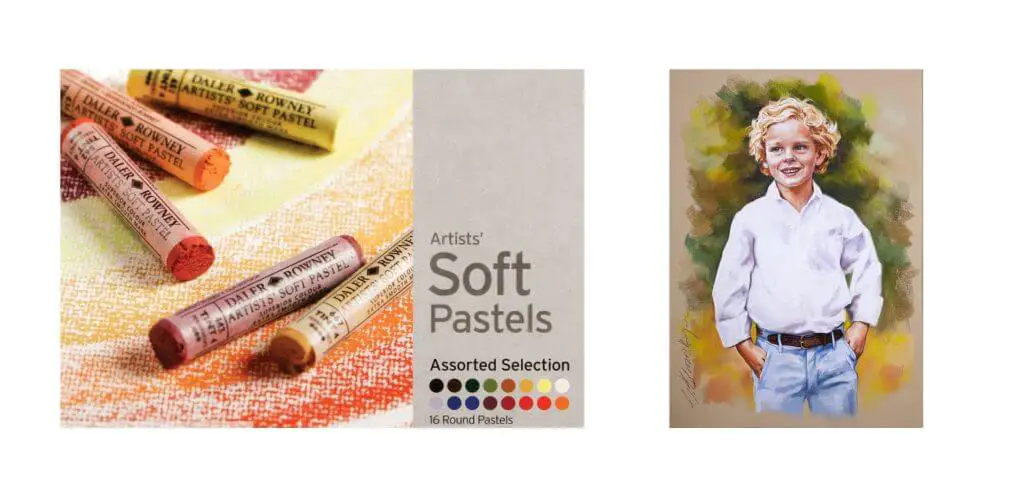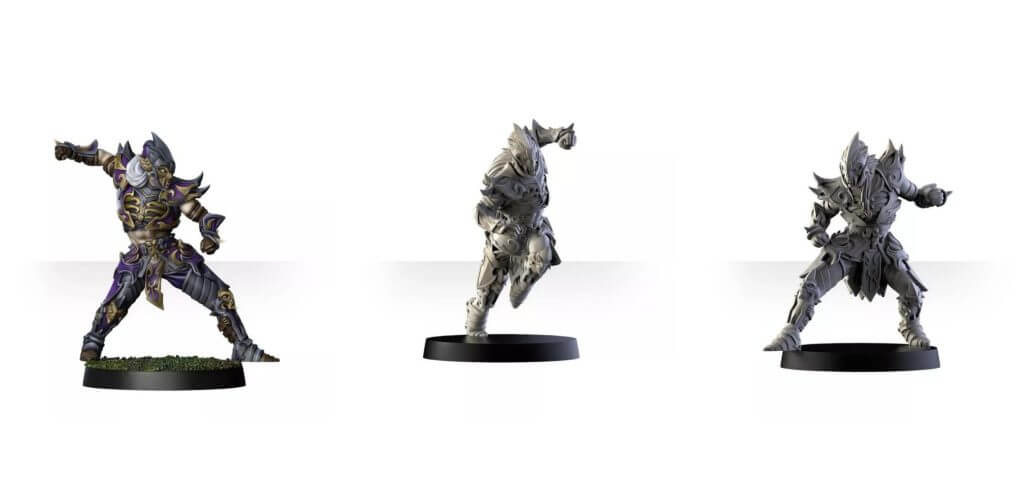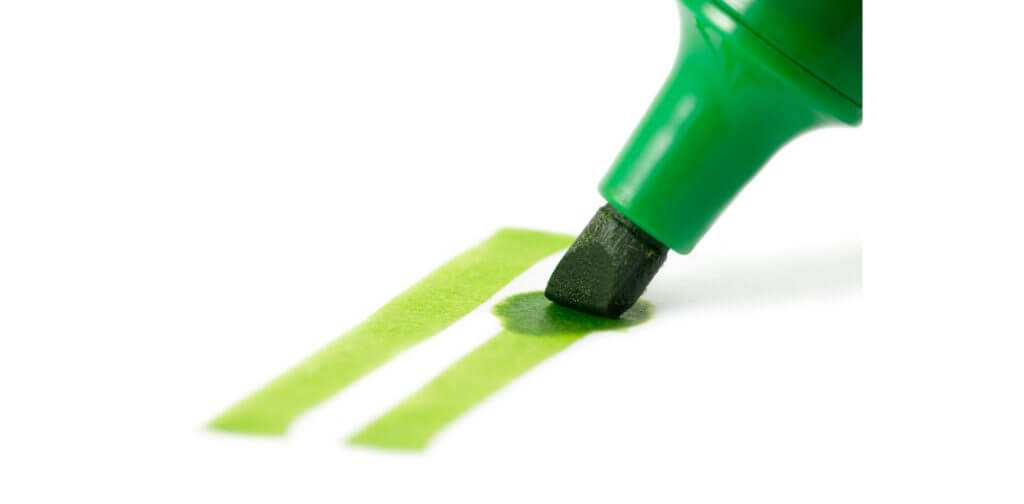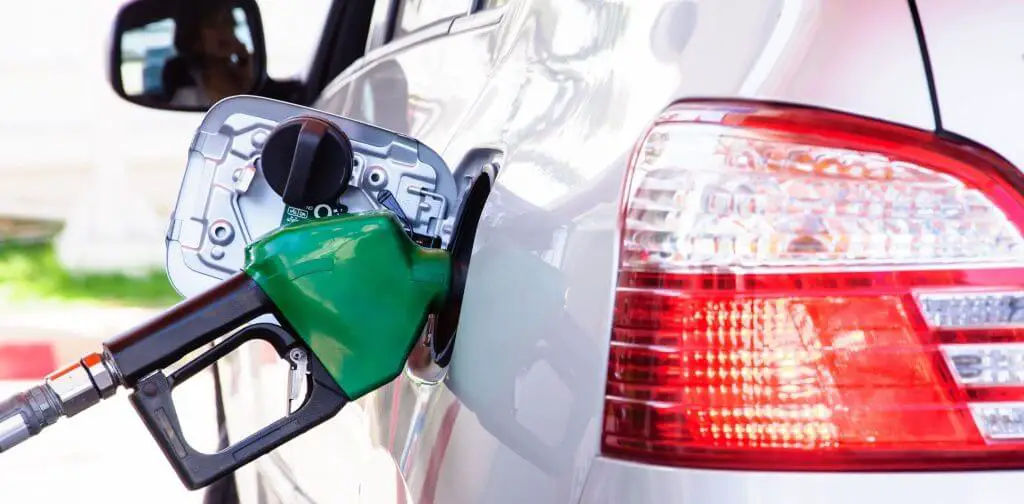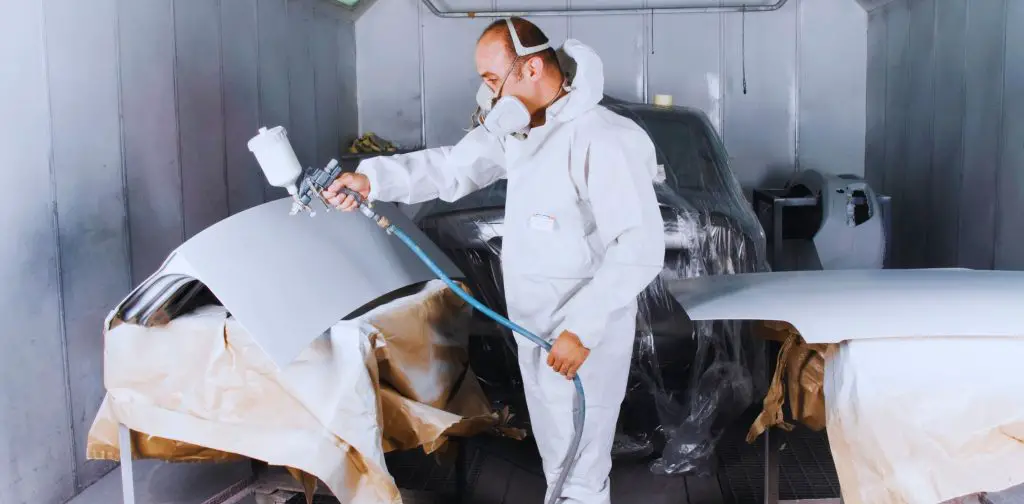Automotive paint mixing is a sensitive task, and everyone can do that. But most people want to learn it. Maybe you are one of them who want to know how to mix automotive paint. There are different ratios of mixing car paint. Mixing cups or ratio measures are available to make such a solution. Today we will tell you how to mix 8-1-2 paint.
The most important thing you need to mix car paint is the knowledge about different car paint items like base coat, single-stage paint etc. If you don’t have a proper idea about them, you can mix the wrong paints that ruin paint performance.
Also, people are always asking about mixing ratios because they are a bit confused. In this article, we will clarify everything about the mix paint ratio.
Table of Contents
Why Do We Need to Mix Paint?
You don’t get the perfect color from your market. Sometimes you need to change the thickness of the paint based on different surfaces. In this situation, if you don’t follow the perfect ration rule, you may ruin the paint line and unbalance the viscosity required.
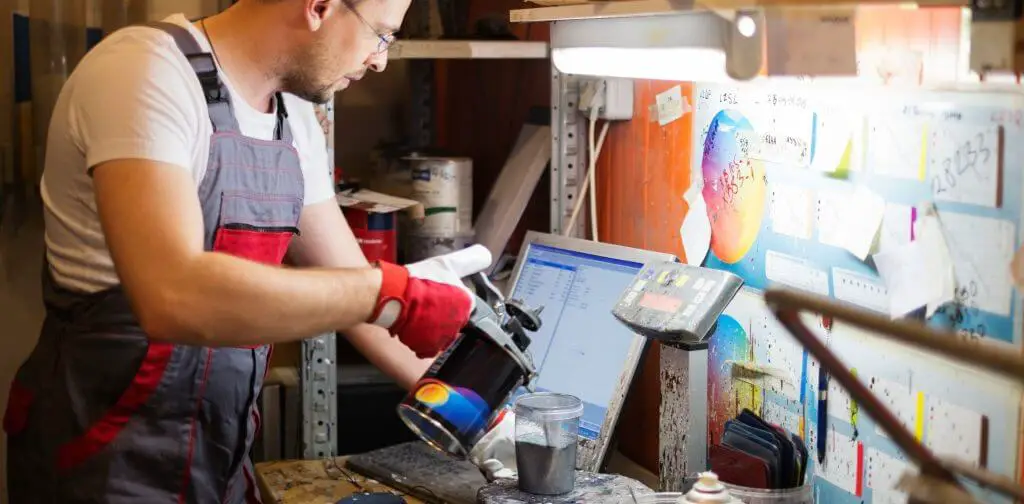
Besides, we need to mix paint to match the color. These words may feel uneasy. Let’s show it practically. Hopefully, you get that easily.
- Eliminates repetition and creates a sense of new space over the surface.
- By mixing paint, you can make different types of visuals.
- To eliminate shabby finish over the car.
- Fill the lack of viscosity required for a particular surface.
The above 4 are the main reasons we mix car paint. However, before learning the automobile paint mixing techniques and ratios, you must know about different paint and coats. You will be ready to mix paint when you have proper knowledge about those paints and other items.
What Should We Know Before Car Paint Mixing?
There are two types of paint mostly used for automotive, single-stage paint and 2-stage paint. If you are a new painter, rewind these 8 paint things before. If those things are known to you, check the difference between single-stage paint and 2 stage paint here. This article will give you some knowledge about clear coats also.
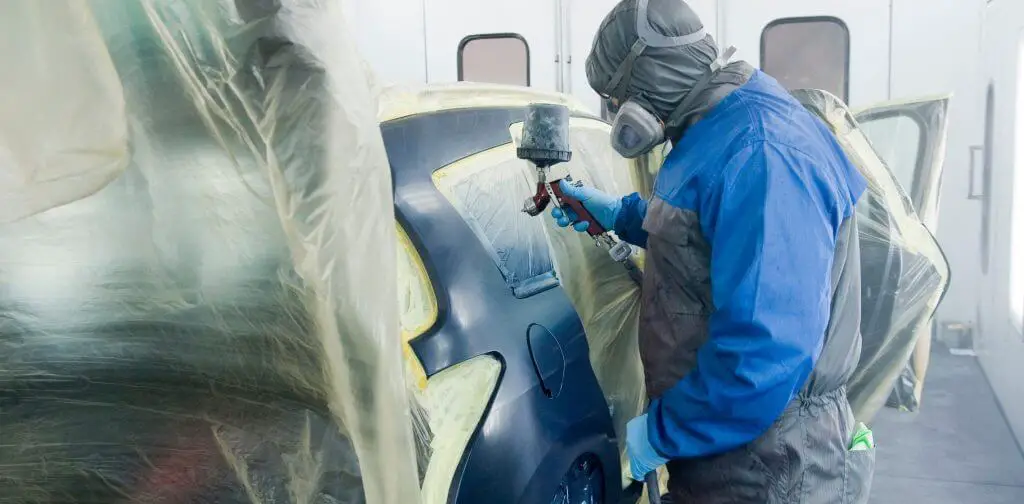
Clear coat and base paint are also two paints important for finishes and paint preparations. However, mixing paint does not mean only mixing two paints. It means how to change the paint’s thickness, which requires paint hardener and thinner. Just gather some basic ideas to pick the ideal one for you.
Now, we will tell you how to mix the paint by calculating ratios.
How to Mix Automotive Paint?
Hopefully, you understand why we need to mix car paint. But there is a question. Can’t we mix paint from an auto repair shop or paint shop? Of course, we can, but they charge a high price for us. Though it’s hard work, the amount they charge is not worth it. So, mixing paint by myself will be the ideal decision. Of course, you need to maintain the ratio.
If you learn how to mix ratios, you can mix 8-1-2 paint. There are two basic car paint mixing techniques. We will teach the most essential 8:1:1 ratio first.
How to mix 8:1:1 ratio paint
8:1:1 ratio is applied when you mix single-stage paint. To mix it, you need the paint that determines your color, a thinner and a paint hardener. The thinner will thin the paint and eliminate the stiff clamp. And hardener helps to dry your paint for a convenient finish. Here is the main procedure –
- Take a paint mixing cup and check the ration level carefully.
- Fill your paint up to 8 levels.
- Then, pour thinner into the cup to reach 9 levels.
- Finally, mix the hardener to reach level 10.
8:1:1 is the standard paint mixing ratio for single-stage paint. If you want to mix an 8:1:2 ratio, then use a hardener one level more like “8” level paint, “1” level thinner and “2” level hardener. Hopefully, you catch the basics of the paint ratio.
The ratio is divided into three parts, for example, X:Y:Z, where “X” determines the level of a paint, “Y” determines the level of thinner and “Z” determines the level of hardener. Follow this rule to mix any ratio of single-stage paint but remember, the standard one is the best.
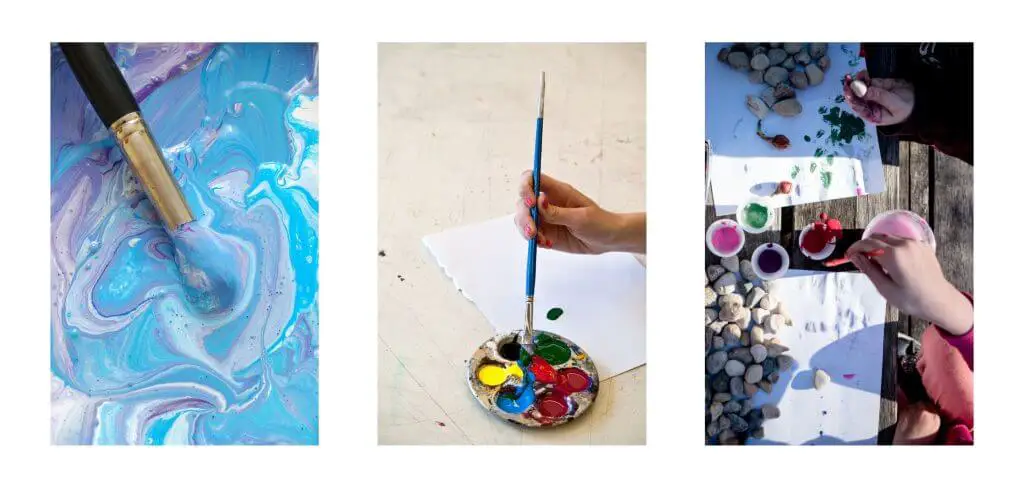
While mixing paint, use a paint mixing cup if you are a beginner or not. It will make your task very easy.
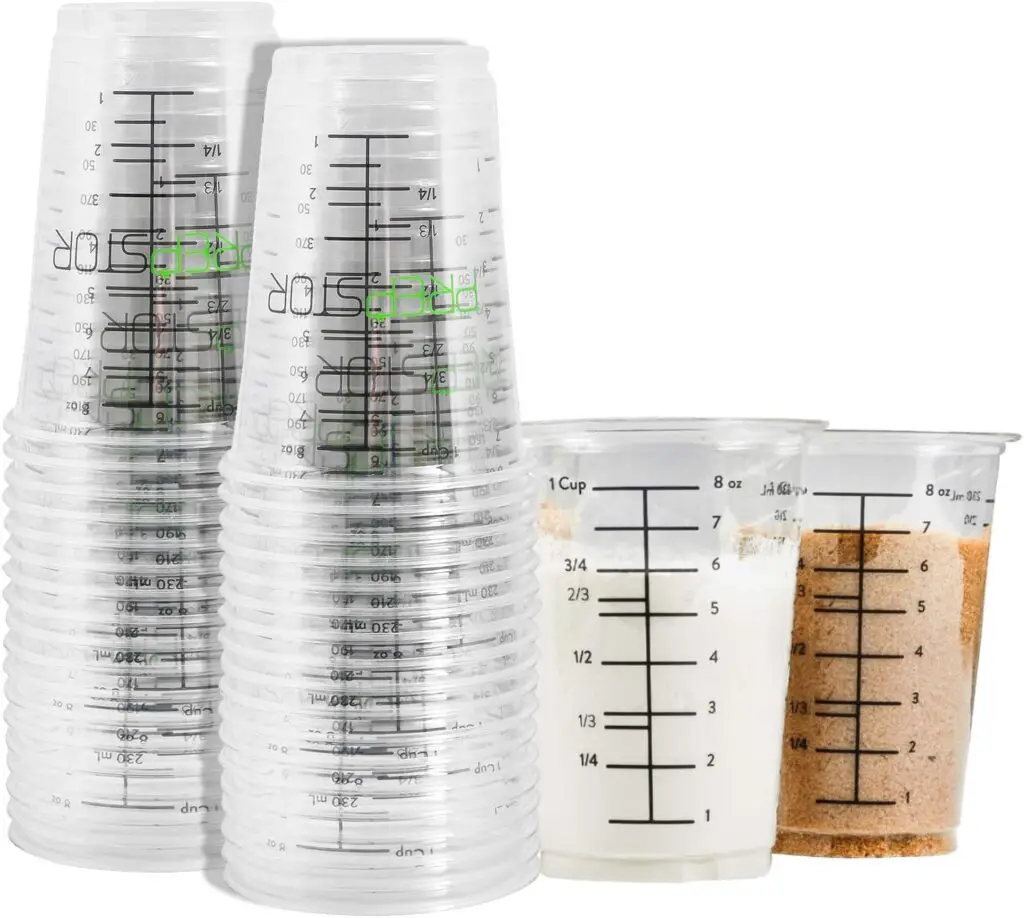
Otherwise, we cannot help you to save your money from the paint repair shop. Ow! One thing. Stir the paint well with a paint stick after using thinner and hardener. Otherwise, you will ruin the finish or the color you want.
How to Mix Two-Stage Paint?
Two-stage paint is a combination of base coat and clear coat. You need both thinner and hardener to mix that paint. In this mixture, you have to follow the 1:1 and 4:1 ratios. The procedures are given.
- Take two containers for mixing base coat and clear coat.
- Mix base coat with thinner at a 1:1 ratio in the first container.
- Mix clear coat with hardener at a 4:1 ratio in the second container.
- Check the previous mixing method to know how the ratio level works.
- Combine the paint of both containers.
- Mix them with a paint stick thoroughly.
- Spray it on a metal surface to check the color.
We have given the standard mixing technique of car paint with how to measure ratio and apply it. If you want to mix automotive paint with a different ratio, follow that procedure. Now, you can mix any paint with any ratio you want to apply.
FAQs
How do you mix the dimension of paint?
When you want to mix single-stage paint, you must follow the X:Y:Z ratio system. Here, X indicates the part of the paint, Y indicates the part of thinner, and Z indicates the part of the hardener.
How much thinner should I mix in two-stage car paint?
The basic thinner mixing ratio is 3:1 or 4:1. Therefore, no matter which dimension you consider for two-stage paint, you should only mix the thinner with 1 part.
Should I mix the hardener with base coats?
No, you should not mix the hardener with base coats. Instead, use thinner at a 50-50 ratio with base coats.
Final Verdict
We are at the end. We try to clear everything about the mix ratio and dimensions for different paints. We hope you can mix 8-1-2 paint after reading this article. But, you should do your painting work carefully to get great results. Mixing automotive paint is not an easy task. So, we warn you more than once.
Also, be sure to park the car in a well-ventilated area so that the colored smoke does not affect you.
For more than 15 years, I’ve been immersed in the world of painting, and I’ve created this website to share my passion and knowledge with fellow art enthusiasts. My artistic journey has led me through various mediums, techniques, and styles, always pushing the boundaries of expression. I invite you to explore the captivating realm of art with me – a journey of creativity, self-expression, and the endless possibilities that painting offers.
Feel free to reach out to me via email at leanna.ange@gmail.com. Whether you have questions, want to share your own artistic experiences, or simply connect, I’m here to engage in the wonderful dialogue that art inspires. Looking forward to hearing from you!

